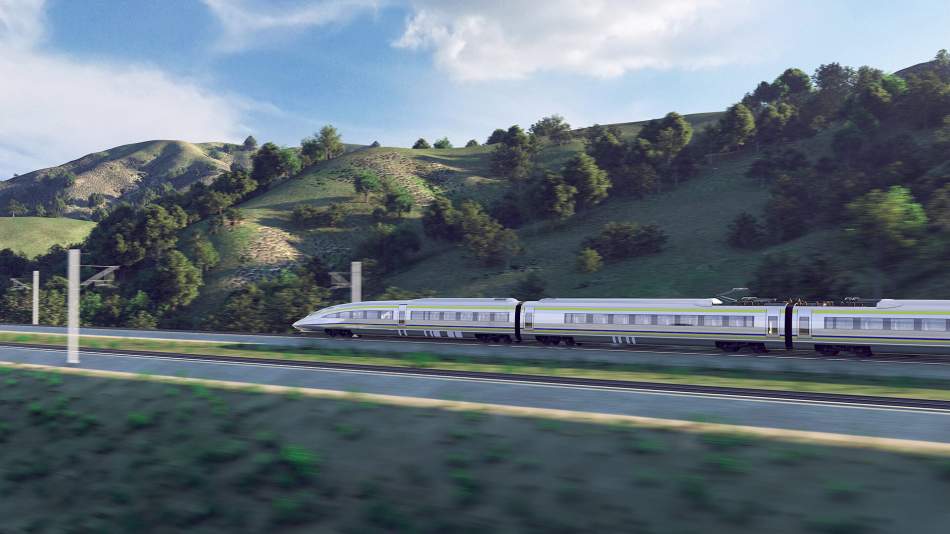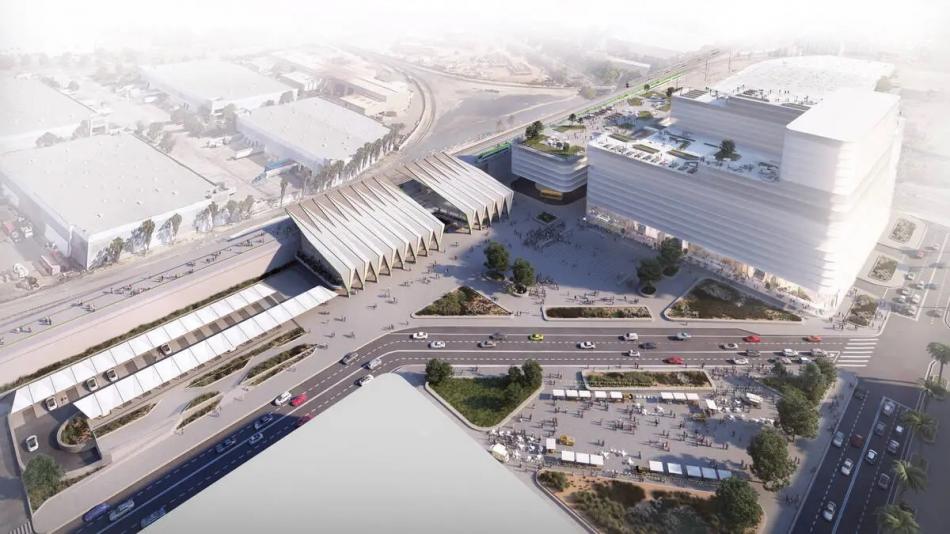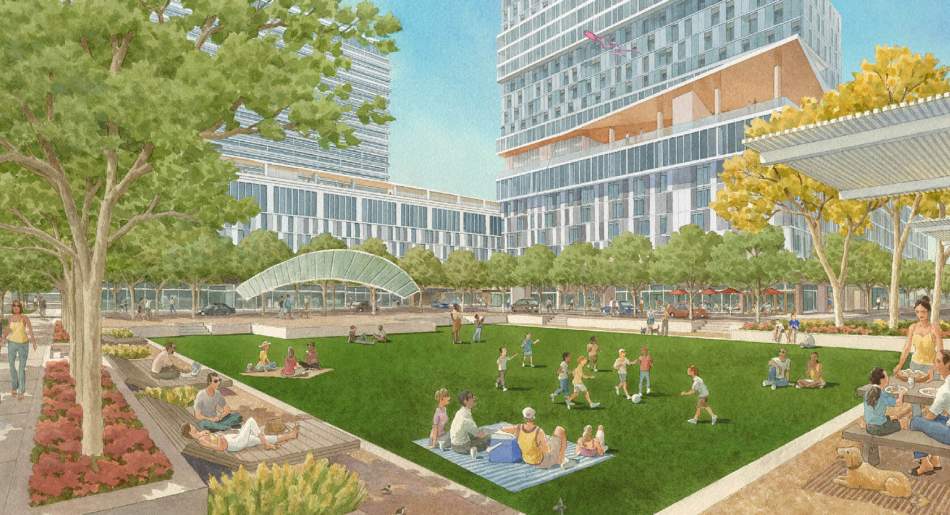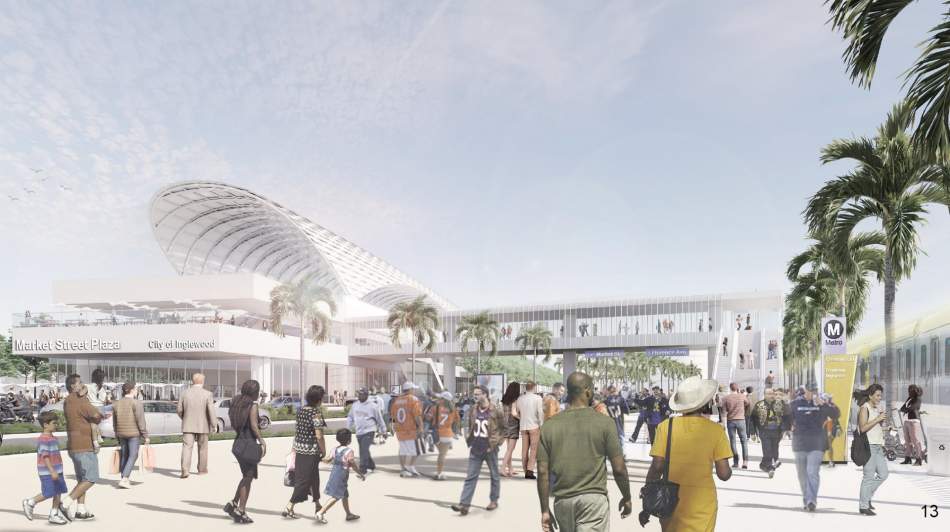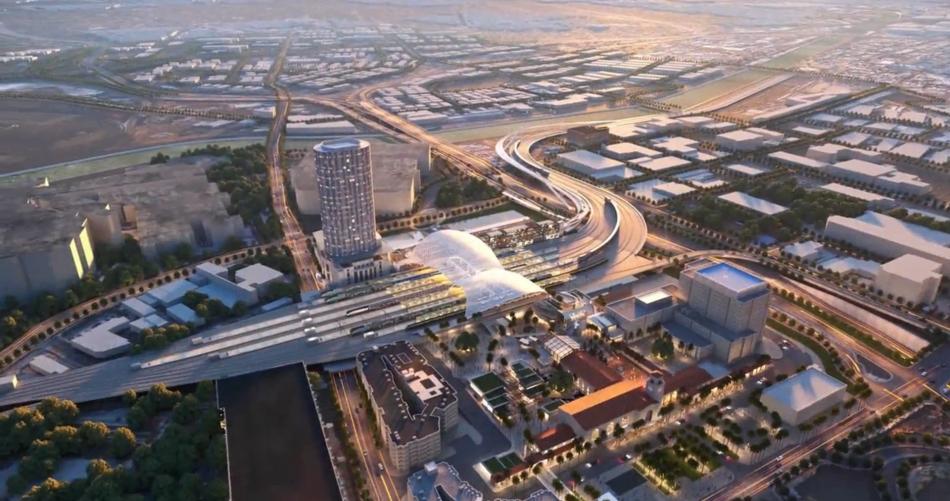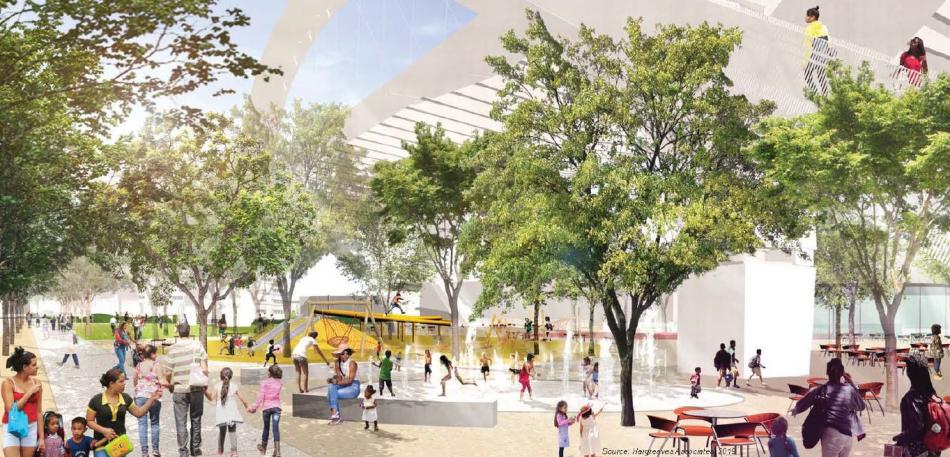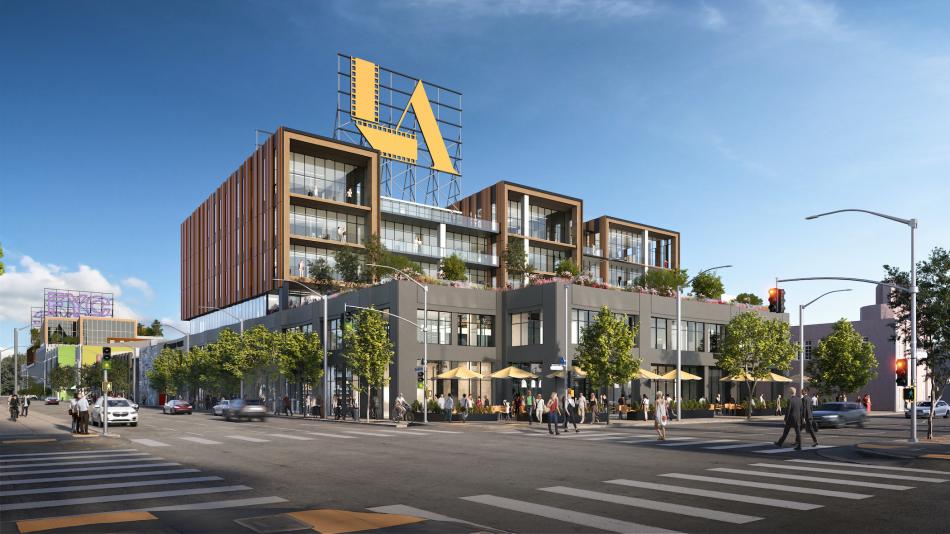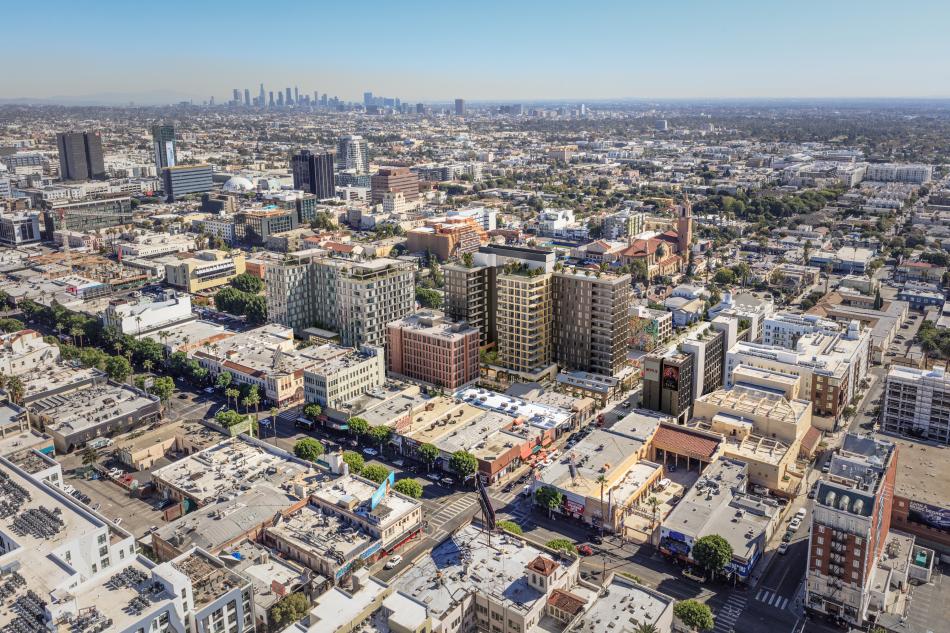If our increasingly cynical comments section is any indicator, 2022 was a frustrating year for many Angelenos.
The big economic topic of 2022 was inflation - and the worldwide issue had a big impact on construction and development in expansion. After a couple of years of pandemic hibernation, some developers continued to play "wait and see" as construction costs soared. Metro, for its part, has been forced to extend the timelines of its projects or split them into phases, with ballooning budgets outstripping the amount of funding available for new bus rapid transit and rail lines.
Likewise, this was a year in which a secret recording of a racist conversation upended the L.A. City Council, accelerating a trend which has seen incumbents and more established candidates pushed aside in favor of progressive challengers. While the political fallout has been more immediate (save for the one person who has decided to tough it out), the changing of the guard will also have long term implications for development and planning in Los Angeles.
As always, these issues exist in a status quo in which more than 69,000 people are living on the streets of Los Angeles County - a number which could spike next year as pandemic eviction protections sunset in early 2023.
Anyway, on that dour note, here's our look back at the year that was.
While more than 100 miles of California's high-speed rail project is currently under construction in the Central Valley, the system is not expected to reach L.A. County for...well, it's hard to say. Officials have committed to having an initial operating segment up and running by 2029, but as we know, everything else is something of a moving target. But that hasn't stopped both the public and private sectors for planning to build high speed rail in Los Angeles.
In January, state officials certified the final environmental impact report for the 14-mile Burbank-to-Los Angeles segment of the high-speed rail system, one of the final components in the southern leg of "phase one." High-speed trains are intended to continue on from L.A. Union Station through the southeast part of L.A. County toward a terminus at the ARTIC station in Anaheim.
Likewise, the private sector Brightline operator announced its intent to start work in 2023 on a 170-mile high-speed train running from Las Vegas to a new station in Apple Valley. While it may be a bit generous to describe that as a train from L.A. to Vegas, a proposed spur which would take Brightline trains to Rancho Cucamonga would make that a little bit closer to the mark.
L.A. Rams owner Stan Kroenke and the NFL shelled out a whopping $5 billion to complete SoFi Stadium - the palatial football stadium that both the Rams and Chargers now call home. But since those two teams only account for about 16 home games per year, they need a place to crash the rest of the time. The Chargers broke ground this year on their new digs - a $270-million facility just a few miles from SoFi in El Segundo. Kroenke is thinking a bit grander for the Rams.
In March, Kroenke paid $150 million to purchase the 34-acre site of the Promenade Mall in Warner Center from Unibail-Rodamco-Westfield (URW). The property, already entitled for the construction of a 3.2-million-square-foot mixed-use complex featuring housing, offices, and hotels, will likely have a different centerpiece: a new practice facility for the Rams. And Kroenke isn't done yet - just days ago, he finalized the acquisition of the neighboring Village mall from URW for $325 million.
Making the Rams the focal point of a broader mixed-use project is a familiar strategy for Kroenke, who built SoFi Stadium at the heart of Inglewood's 300-acre Hollywood Park development. Of course, sporting venues within a larger development is not a novel strategy - AEG has been doing it for years in Downtown L.A.
Speaking of Inglewood and Hollywood Park - those destinations might be a little bit easier to reach in the distant future, following the Inglewood City Council's approval of a 1.6-mile people mover system which would serve the sprawling development, as well as the nearby Kia Forum to the north and the Intuit Dome to the south. Service on the $1.4-billion automated system could begin as early as 2027.
Of course, the people mover is functioning as something of a feeder line/spur off of Metro's K Line, which made its long-awaited, long-delayed debut this year - at least in truncated form. Passengers can currently ride from Expo/Crenshaw Station to Westchester, with final leg still out of service while construction is underway for the $900-million LAX Metro Transit Center Station (which will have a people mover connection of its own).
The K Line (sort of) clearing the finish line was soon followed by a groundbreaking for another rail line - the 6.7-mile East San Fernando Valley Transit Line, which will run in the median on Van Nuys Boulevard. That $2-billion project is expected to open in 2028 and 2030, and sets the table for what may be the most ambitious project Metro has ever undertaken: a 16-mile heavy rail line which would cut through the Sepulveda Pass.
While new transit hubs and rail lines open, Metro also made progress this year on a comprehensive overhaul of L.A.'s biggest rail station.
In May, the Metro Board of Directors approved a funding agreement with the California High speed Rail Authority for the initial phase of the $2.3-billion makeover and expansion of Union Station. Link Union Station calls for the construction of new run-through tracks, allowing through routing of trains at Union Station, as well as an expanded passenger concourse and other upgrades. The project, which is only partially funded, is expected to the 1930s station to serve up to 200,000 people each day - double its foot traffic prior to the pandemic. Of course, there's still a lot of money that will be needed to get the job done.
Another L.A. landmark - or rather the replacement of one - dominated local headlines for the better part of the month, when it made its debut in July. The new Sixth Street Viaduct, three years late and quite a bit over budget, was nonetheless welcomed by Angelenos, who immediately flocked to see the Michael Maltzan-designed L.A. River crossing.
But after that initial fanfare came the drama. The protected bike lanes advertised as a centerpiece of the project stopped short of Boyle Avenue at the bridge's eastern end, the protection only came in the form of rubber curbs and plastic bollards which a wayward motorist could easily crash through. Visitors began scaling the signature arches of the bridge - a predictable behavior which the original design of the bridge had attempted to address by including staircases. The long stretch of fresh, mostly unobstructed concrete became a hot spot for street takeovers and drag racing. That issue was mostly taken care of through the low-cost solution of adding botts' dots along the median.
Those behaviors, and the city's response to them, became the subject of numerous long-form articles about the bridge, what it means to the surrounding communities, and what it could have been.
On the other hand, the project isn't truly finished - roughly 13 acres of new park space are slated to break ground underneath the viaduct in 2023, so keep an eye out.
This year also saw developers once again start thinking big - and sometimes taking advantage of state housing legislation in order to do so.
In Santa Ana, we saw Related roll out plans to redevelop the 42-acre Metro Town Square shopping mall in Santa Ana with 4,000 homes, 350,000 square feet of commercial space, and a new hotel. A long drive north in Panorama City, Primestor Development initiated similar plans for the 20-acre Panorama Mall, which could see 3,500 homes, 280,000 square feet of commercial uses, 125,000 square feet of offices, medical space, and a hotel.
Even as Netflix publicly struggled, developers continue to bet big on the need for new production space. Plans for new studios and soundstages made headlines up and down Alameda Street in the Arts District (at 6th, 7th, and 8th Streets!), as well as at major sites in Hollywood and Glendale.
Developers also began rolling out plans for speculative mixed-use projects of the sort that get lots of likes on our Instagram account. High-rise apartment buildings on and around Hollywood Boulevard, developers going big at the southeast corner of Long Beach, Cypress Equity Investments kicking off entitlements for a more than a half-dozen apartment buildings in Santa Monica, and a new tower that could rise just south of Beverly Hills. But perhaps the biggest splash was made by a wave of "builder's remedy" projects that first came to Redondo Beach, and then spread north to Santa Monica.
And if you haven't already taken the opportunity to vote on which of these projects was the best one announced during 2022, there's still time to do so if you click here.
It's also worth noting that the state housing law that has enabled the rush of "builder's remedy" projects in some L.A. County jurisdictions won't be a problem for the City of Los Angeles, which in June secured state certification for its updated housing element. L.A. will have a few years to rezone to accommodate 255,000 new homes - or roughly 500,000 new residents. One handy tool in that effort will be the Livable Communities Initiative, adopted by the City Council in December, which aims to streamline the development of "mid-scale" apartment buildings along commercial corridors.




